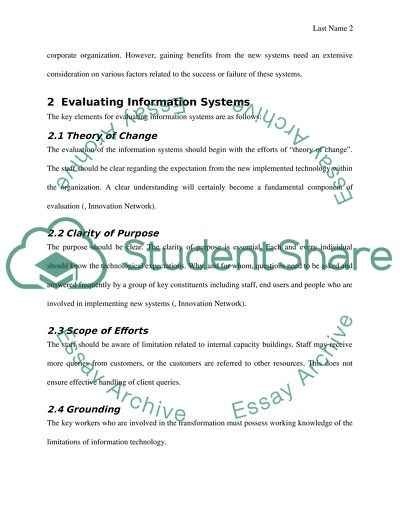Cite this document
(“Report : Evaluation of an IS in an Organization Assignment”, n.d.)
Retrieved from https://studentshare.org/family-consumer-science/1404902-report-evaluation-of-an-is-in-an-organization
Retrieved from https://studentshare.org/family-consumer-science/1404902-report-evaluation-of-an-is-in-an-organization
(Report : Evaluation of an IS in an Organization Assignment)
https://studentshare.org/family-consumer-science/1404902-report-evaluation-of-an-is-in-an-organization.
https://studentshare.org/family-consumer-science/1404902-report-evaluation-of-an-is-in-an-organization.
“Report : Evaluation of an IS in an Organization Assignment”, n.d. https://studentshare.org/family-consumer-science/1404902-report-evaluation-of-an-is-in-an-organization.


